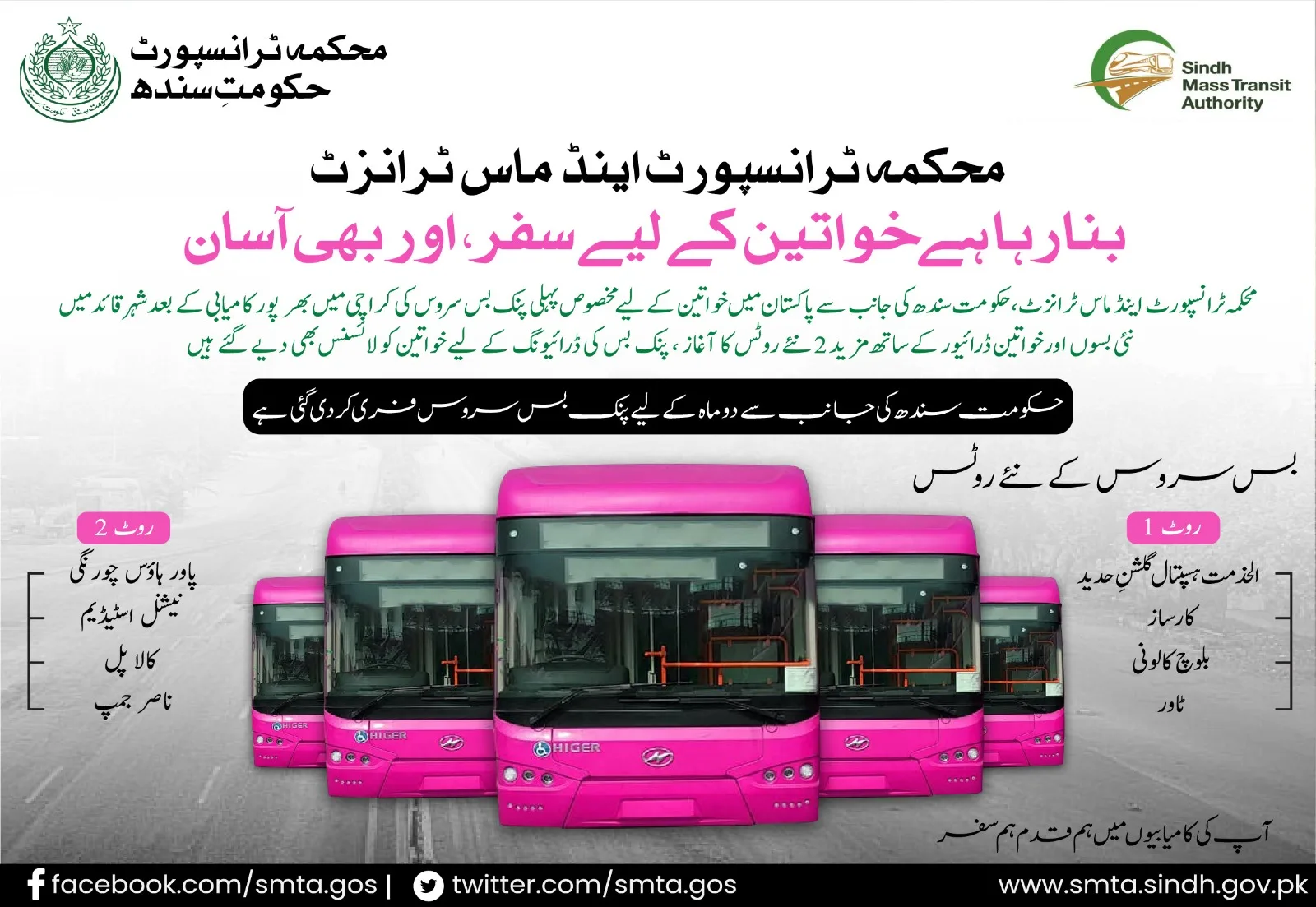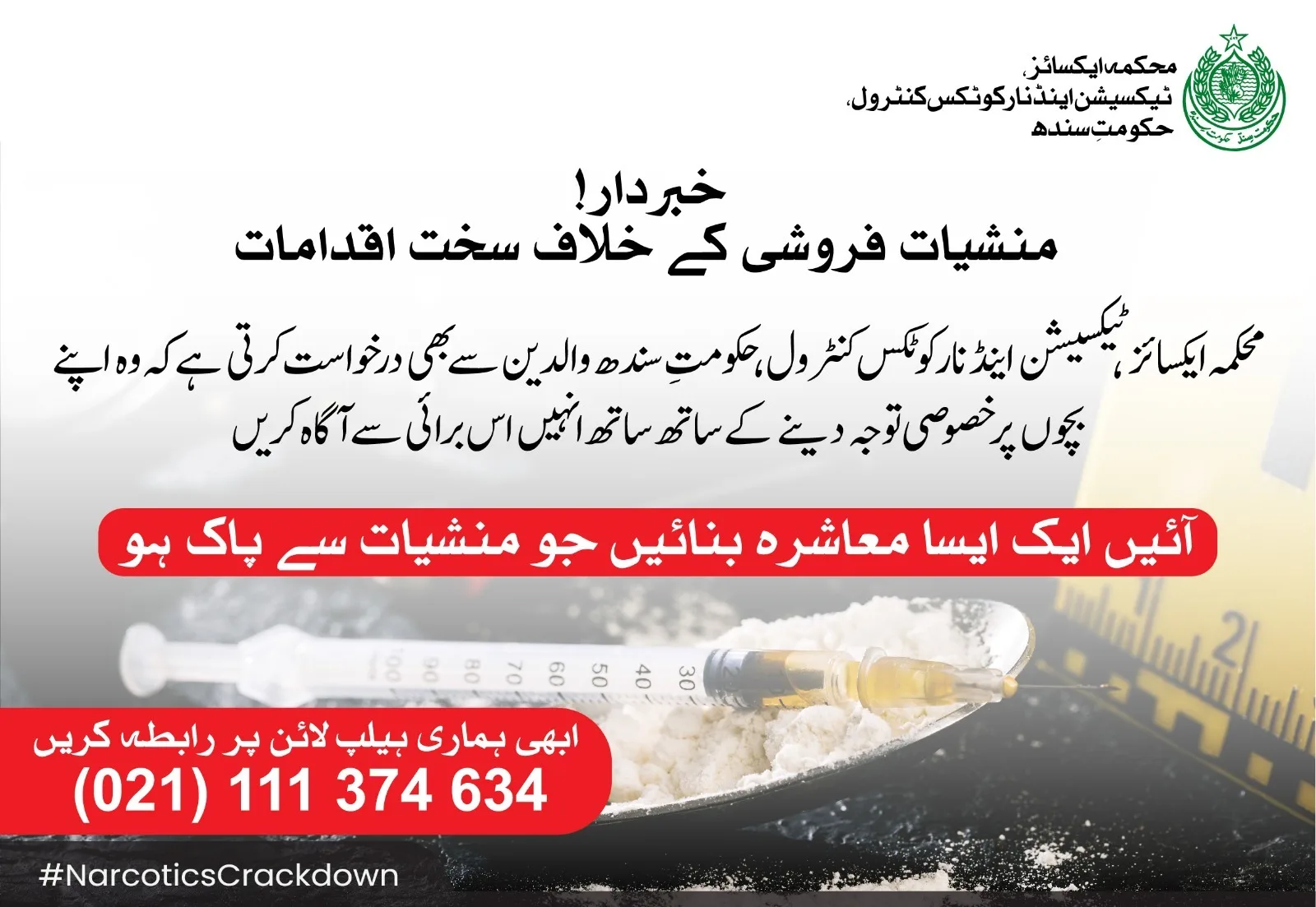Pakistani Economy: The highs, lows & the need for action

Pakistan’s economy has always been in turmoil. Although Pakistan inherited only a handful of institutions, at that time there was a viable administration that helped the Pakistani economy to reach a stable level by 1950.
In the Korean War, Pakistani cotton, Pattsun earned a lot of foreign exchange. But the country’s economy changed after 1958. Pakistan’s second five-year plan ended in 1965. At that time, the Pakistani economy was a model for developing countries. According to the World Bank, Pakistan was among the countries that could have achieved First World (developed countries) status at that time.
After the Indo-Pak war of 1965, the economy suffered a setback but was soon overcome and by 1968 the growth rate had again exceeded seven percent. Then things started to get worse.
Nationalization of Industries
Moreover, when the new government came to power in 1972, it tried to implement a number of reforms in the country, but the response was negative. Large industries were nationalized.
Thus, many of the major industrialists in Pakistan had to leave the country. This process greatly slowed down the growth rate of industries in the country and also affected the general national product. The depreciation of the rupee led to higher inflation. However, many people had the opportunity to go to the Middle East. Thus, the country began to see artificial prosperity.
Political stability prevailed in the country in the 1980s, so the rate of growth began to rise again, but the Afghan crisis continued to create an internal crisis in the country. Subsequent governments since 1988 have sought to appease the people with temporary measures rather than sustainable development. But the fact is that the Pakistani economy has never been more stable.
IPPs & Depreciation against Dollar
The rupee continued to depreciate against the dollar. Dams were not built in the country and cheap electricity could not be found. The country was caught in the clutches of IPPs, which not only made energy more expensive but also increased revolving credit.
After 9/11, international sanctions on Pakistan were lifted but improved. Seriously tried to solve. The growth rate increased during this period. In 2006, GDP grew by 8.5%. Unfortunately, after that, the GDP started falling again. The rupee was devalued. This series continues to this day.
If we look at the recent past, it is very frustrating. Today, Pakistan is in the grip of an economic crisis. The rupee is losing its value. Exports do not increase. The economy is slowing and tax revenues are declining. When the current government came to power, its biggest problem was the deficit in payments. The previous government did not pay attention to exports, which have been falling steadily since 2013.
Our exports were 25 billion Dollars in 2013, which fell to just 21 billion Dollars in 2017.
How to improve GDP?
Thus, instead of increasing exports, they decreased. If our exports grew by only 15% annually, it should have been at least 55 billion dollars by 2018. That way we would be in profit instead of loss. Our current annual remittances are 60 billion, while remittances are 20 billion dollars. The new government only had to deal with the issue of external payments, which had two options. Either increase exports or reduce imports. Pakistan’s biggest deficit is with China, which is about ً 14 billion. The problem could have been solved if regular talks had been held with China to import from Pakistan as much as there are exports. Otherwise, all non-essential imports would have been banned so that Pakistan could reduce these imports by at least 30%.
If we go to the bazaars today, you will find imported furniture, bathroom tiles, chocolates, biscuits, clothes, and other non-essential items. If they are closed, not only will a foreign exchange be saved, but their production in the country will also increase. This will increase our GDP. In the time of Ayub Khan, no such thing was imported from abroad which was made in the country. The situation today is that the only thing that can be made in the country is that which cannot be imported. This imported culture has ruined the economy. Unfortunately, the issues are being taken up politically instead of economically. The conditions of the IMF are also strict.
What is the major reason for economic crises?
If we analyze the economic crisis, the problem was only external payments for which we needed dollars. There is no shortage of dollars in the country. In fact, based on the rise of the dollar, people have started saving in dollars instead of rupees.
Today, at least twenty-five billion dollars have been bought in the country and kept in houses and lockers. If the people know that the dollar is about to fall, all these dollars will come to the market. It would have been much better if the government had fixed the dollar rate.
At this point, the correct dollar rate should be 120 rupees. If it was fixed at Rs 120 so that no one could buy dollars from the market, then 20 billion dollars kept in homes would come to the market which the government could buy. The common man does not need dollars. Some rich people buy property abroad by buying from the dollar market, the whole nation suffers. It is malicious to leave the dollar at the mercy of the market just to save this class. It is now said that the free dollar market is actually a source of money laundering.
What is the Government’s role against economic instability?
The government can also overcome the economic crisis by stopping unnecessary imports and fixing the dollar. If we take a loan from the IMF and follow their terms, it will have a negative effect. Because it could further reduce the country’s GDP. The investment will run out. Prices will go up a lot. This will increase the anxiety of the people. The rising value of the dollar has increased our external debt by 50%. Now we have to put 50% more money in the budget every year to pay off external debts. This will further increase the budget deficit. We will have to pay more taxes for this. This is a vicious circle that is extremely harmful to the country.
Currency depreciation does not necessarily increase exports. Despite a 50 percent depreciation, our exports can only increase by 2 percent. If there is a need to reduce imports, they should be banned in the same way or a heavy import duty should be imposed on them. This also increases our taxes. The currencies of Bangladesh and India are stronger than ours but their exports are increasing by 10 to 15 percent every year.
Diplomacy vs Business: What’s the connection?
In fact, in order to increase exports, you need to increase production and reduce production costs so that they can compete abroad. Likewise, your marketing skills need to be improved. Export targets should be given to diplomats abroad. Today, diplomacy is associated with the business. He said that industries should be developed in the country and better conditions should be created. In the same way, the country will come out at a slower pace. Only productive planning should be done in the country.
If there is an economic discipline in the country, then a lot of foreign investment is possible in Pakistan because Pakistan is a market of 220 million people and there are limited opportunities to make a profit. Awareness should be created among the people to buy only products made in the country. Today, the cost and price of manufactured goods in the country are higher than the import price due to unnecessary taxes and energy costs. Under such circumstances, no one will set up an industry in the country.
Another major problem in the country is the deficit of government institutions. Unfortunately, no policy has been made yet. Steel mills and power distribution companies are in deficit. All these institutions should be immediately handed over to the private sector or handed over to the provinces. In this way, we can save about Rs 100 billion. Similarly, profitable companies are being handed over to the private sector instead of loss-making distribution companies. Matters cannot be resolved in this way.
Need for Action!
The country needs to take bold action. Build dams immediately. Especially the Kalabaagh Dam which can be built the fastest and in the least amount of money. The economy is a serious problem and cannot be solved politically. Remember that Pakistan has been a very developing economy but today it has a devastating economy only due to political interests. If we don’t run our economy seriously and boldly, things could get worse.
Remember that no country can afford such a situation. Today, Bangladesh and Vietnam are ahead of Pakistan. Tomorrow and many more countries can overtake Pakistan in the race for development. That is why there is an urgent need for economic seriousness.
5th Generation Warfare, social media and propaganda
Pegasus and world democracy technical overview
Noor Mukadam murder case: Public demands justice
Stay tuned to Baaghi TV for more. Download our app for the latest news, updates & interesting content!












